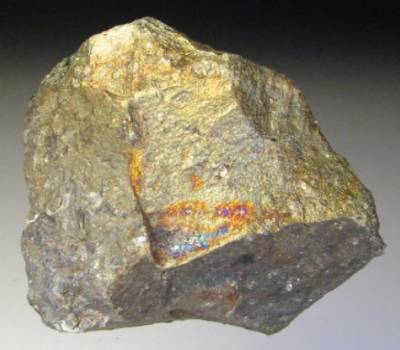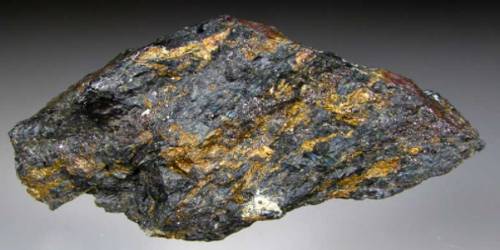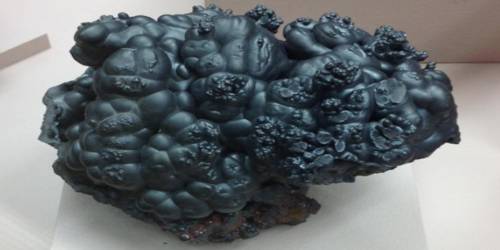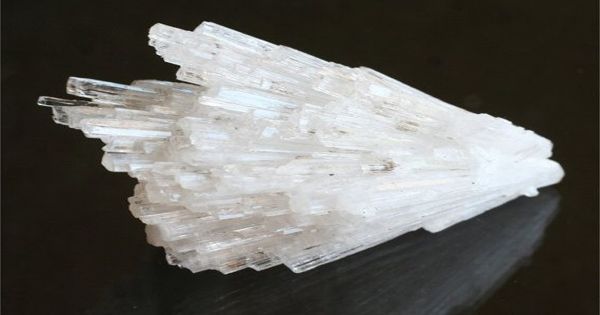Cubanite is a yellow mineral of copper, iron, and sulfur, CuFe2S3. It is an orthorhombic-dipyramidal mineral containing copper, iron, and sulfur. It is a rare copper mineral that does not contribute much to the supply of copper. It is also associated with gold in some gold mines. It is far more desired as a mineral specimen.
Cubanite was first described in 1843 for an occurrence in the Mayarí-Baracoa Belt, Oriente Province, Cuba.
General Information
- Category: Sulfide mineral
- Formula: CuFe2S3
- Crystal system: Orthorhombic
- Crystal class: Dipyramidal (mmm)

Properties
Cubanite has a bright metallic luster and a brassy golden color that is really striking. It commonly forms twins that are seen as either sharply pointed chevrons or as cyclic twins of six-rayed “stars” or “flowers”. Cubanite is named after Cuba, the country of its type locality.
- Color: Bronze to brass-yellow
- Crystal habit: Crystals elongated to thick tabular, striated also massive
- Cleavage: Parting on {110} and {130}
- Fracture: Conchoidal
- Mohs scale hardness: 3.5-4
- Luster: Metallic
- Streak: Black
- Diaphaneity: Opaque
- Specific gravity: 4.0-4.2
Occurrence
Cubanite occurs in high-temperature hydrothermal deposits with pyrrhotite and pentlandite as intergrowths with chalcopyrite. It results from exsolution from chalcopyrite at temperatures below 200 to 210 °C. It has also been reported from carbonaceous chondrite meteorites. A rare constituent of some carbonaceous chondrite meteorites.
Information Source:
















